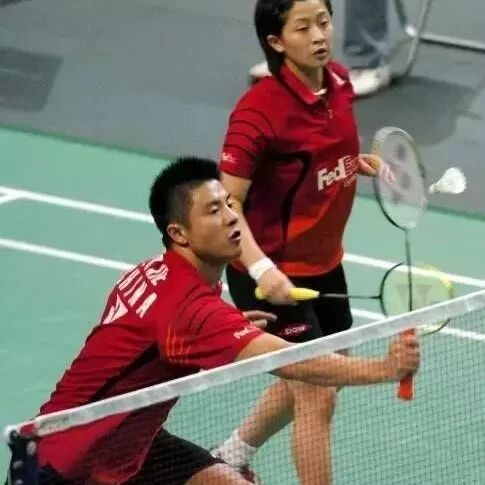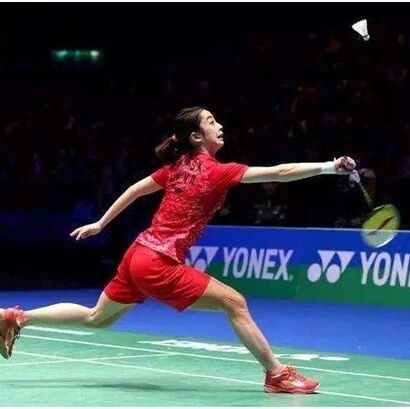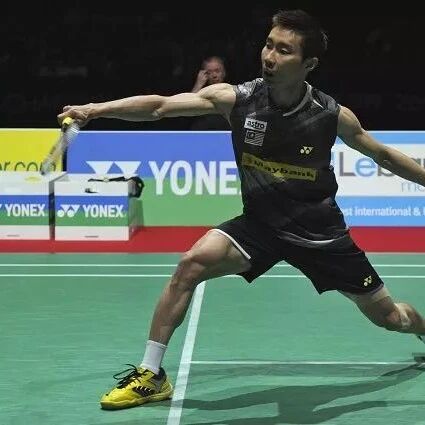5 Common Bad Habits in Shuttlecock Netting—Correct Them Early, and You’ll Become a Pro Faster
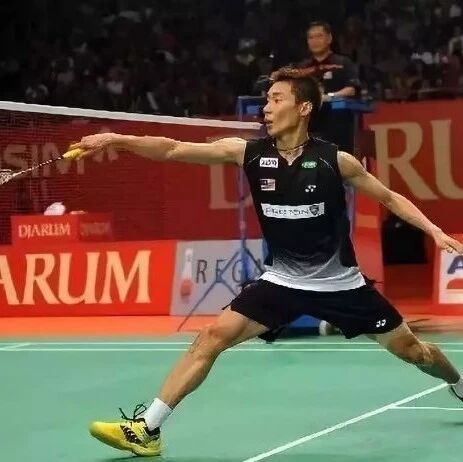

Net dropping is a simple yet crucial net play technique in badminton. The quality of your net drop depends entirely on perfectly timing the shot—specifically, ensuring the right height as the shuttle crosses the net and that the landing point stays close enough to the net surface. However, certain flawed habits during net drops can subtly undermine the overall quality of your technique without you even realizing it.
So-called "drop shot" refers to gently lifting the shuttlecock upward with your racket when your opponent hits a net shot, allowing it to skim just over the net and drop directly onto the opponent's side. This technique is also known as a "net drop," "net play," or simply a "drop shot."
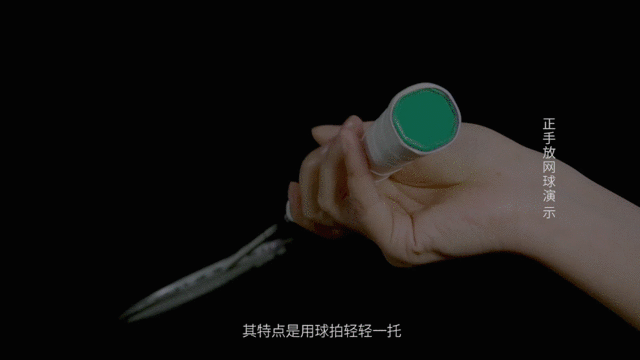


Grasping the racket too tightly can lead to stiff movements, resulting in net shots that are either hit too high and easily smacked away, or simply fail to clear the net altogether, leading to lost points. Therefore, it’s crucial to keep your grip relaxed when executing net shots—only then can you achieve higher-quality, more controlled plays.
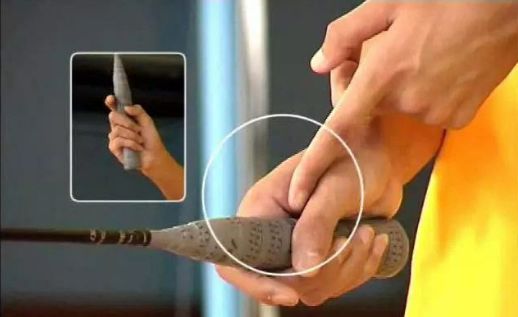
Some players like to flick or lift their wrists when dropping the net, but these are unnecessary movements. Dropping the net doesn’t require a flicking motion—instead, simply let the racket guide your body forward, while keeping your wrist steady to control the angle of the hitting surface. That way, the ball will bounce back off the racket as soon as it makes contact.
The movements lack consistency, making it easy for the opponent to see through them—prompting an immediate dive for the ball. Consistency in your technique means that after executing a drop shot, you should bring your racket back into position rather than letting the head of the racquet drag toward the ground. This is a common mistake many players make: they tend to lower the racquet head downward after hitting the ball. The real purpose of this smooth, controlled motion is to prevent the opponent from launching a counterattack or executing a delicate touch shot, allowing you to react swiftly and effectively.
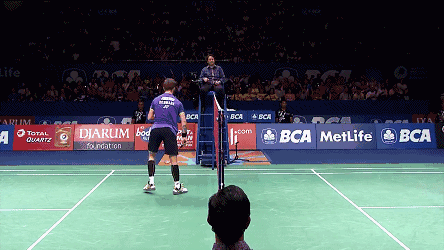
When playing a drop shot, aim for the highest possible point—if you can reach it—to help the ball clear the net quickly and make it harder for your opponent to intercept. This approach even creates opportunities for an offensive play. When executing the drop shot, if the incoming ball is already close to the net, keep your racket face parallel and angled slightly upward, ensuring the ball doesn’t float over the net. On the other hand, if the ball is coming in from farther away from the net, tilt your racket face slightly toward the net as you make contact.
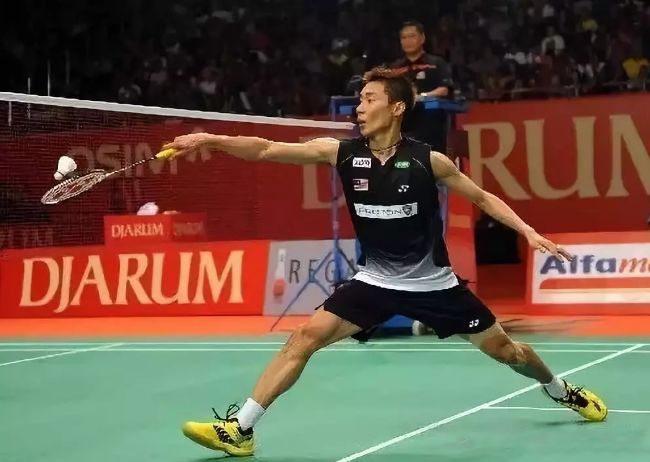
To execute the net play, you need to first extend your hand forward, then follow through by bringing your heel into position. Some players prefer to wait until their foot is fully set before hastily extending their racket—this approach often leads to an unprepared and rushed motion. Additionally, your non-racket hand should remain naturally open to help maintain balance and coordination throughout your body.
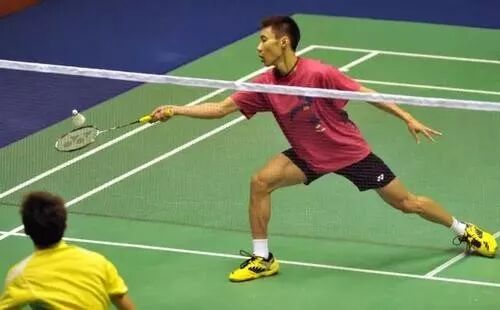


What's the difference between a push shot and a drop shot?
When executing a flick shot, players typically brush the ball along its side near the head, causing it to spin. As a result, the ball often rises upward with relatively slower speed—making it ideal for singles play. In contrast, a drop shot quickly drives the ball downward, forcing your opponent to lift it, which is particularly effective in doubles matches.

Is it better to cast the net farther, or closer?
This technique is often used in singles play. Previously, badminton players typically aimed to place the shuttlecock close to the net for a drop shot. However, nowadays, when watching matches on TV, singles players seem to prefer placing the shuttlecock farther away from the net. Both near-net and far-net shots have their own advantages and disadvantages—ultimately, it depends on your personal goal for executing the shot. Playing close to the net gives you the upper hand by forcing your opponent to move more and disrupting their rhythm, while playing farther away makes it harder for your opponent to execute tricky flicks or chops.
How to drop the shuttlecock during a doubles serve receive?
To prepare, lower your center of gravity with a ready stance, placing your left foot slightly forward. When receiving the serve, keep your wrist steady to control the racket face angle—avoid applying any force through your wrist. Quickly shift your body forward as you transfer your weight, using both your center of gravity and shoulder power to drive the ball swiftly over the net. Be careful not to "chop" the ball, as this technique often creates unwanted spin, causing the ball to rise unpredictably. Since your opponent has just finished serving at the net, lifting the ball too high could leave it vulnerable for an easy overhead smash.
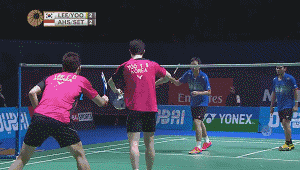
Above are the 5 common bad habits related to net play, along with some frequently asked questions. While net techniques may seem straightforward, mastering them—using them skillfully—requires careful observation and consistent practice in real-game situations. Only through repeated application can you refine your technique and start employing it with greater finesse.
More article recommendations:
The ultimate weapon for badminton offense! Have you mastered the forehand smash and drop shot?
Zhao Jianhua, Yang Yang, and Li Mao have prepared over 100 lessons for everyone, covering techniques like badminton net shots, backhand cross-court hooks, smashes, and more. Click "Read the Original Article in the Bottom Left Corner." If you're looking to improve your badminton skills, don't miss this—this is a must-see!

